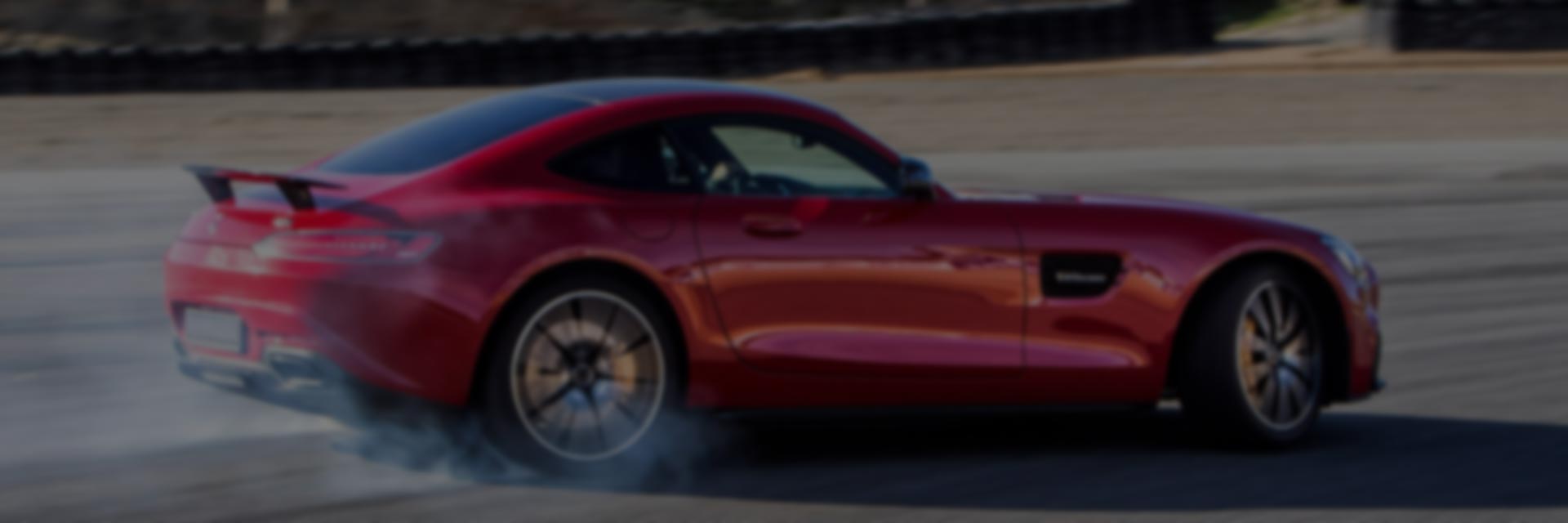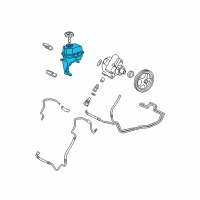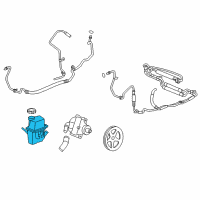< Back ×
My Vehicle Change Vehicle
2008 Chevrolet Impala
< Back to View All
Power Steering Pumps
- Department
- Prices
OEM (Genuine) 2008 Chevrolet Impala Reservoir Kit, P/S Fluid
PartNumber: 19207430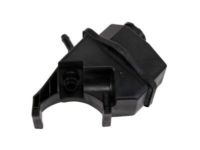 Product Specifications
Product Specifications- Notes: 3.5 & 3.9 Liter; Impala, Monte Carlo; 3.5L, 3.9L
- Other Names: Power Steering Pump Reservoir, Reservoir
- Item Dimensions: 10.1 x 6.4 x 5.2 inches
- Item Weight: 1.60 Pounds
- Fitment Type: Direct Replacement
- Replaces: 88964358, 15267585
- Part Description: 2008 Chevrolet Impala Reservoir Kit, P/S Fluid
Vehicle Fitment- 2008 Chevrolet Impala | 50th Anniversary Edition, LS, LT, LTZ, Police | 6 Cyl 3.5 L FLEX, 6 Cyl 3.5 L GAS, 6 Cyl 3.9 L FLEX, 6 Cyl 3.9 L GAS
OEM (Genuine) 2008 Chevrolet Impala Reservoir Kit, P/S Fluid
PartNumber: 88964568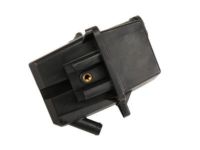 Product Specifications
Product Specifications- Notes: 5.3 Liter; Impala, Monte Carlo; 5.3L
- Other Names: Reservoir
- Item Dimensions: 9.2 x 6.8 x 6.6 inches
- Item Weight: 1.30 Pounds
- Fitment Type: Direct Replacement
- Part Description: 2008 Chevrolet Impala Reservoir Kit, P/S Fluid
Vehicle Fitment- 2008 Chevrolet Impala | SS | 8 Cyl 5.3 L GAS
FAQ for Power Steering Reservoir Repair
Q: What should be noticed when adding fluid or making a complete fluid change?
A:
You will need to always use the proper power steering fluid. Failure to use the proper fluid will cause hose and seal damage and fluid leaks.
By Bob
GM Specialist
02/11/2022Q: What's the installation procedure for the power steering fluid reservoir (CB series)?
A:
The installation procedure is to lubricate the new O-ring seal, install the new O-ring seal and the reservoir, align the feet of the reservoir with the sides of the hydraulic pump housing, install the new reservoir retaining clips, engage the retaining clip tabs fully with the hydraulic pump housing.
By Bob
GM Specialist
01/11/2022Q: What's the recommended torque for the remote power steering reservoir bolt?
A:
The recommended torque is 18 N.m (13 lb-ft).
By Bob
GM Specialist
01/11/2022Q: What kind of power steering fluid should I use?
A:
You should use a clean, new power steering fluid type only. You can see the Maintenance and Lubrication subsection for fluid specifications and refer to Fluid and Lubricant Recommendations.
By Bob
GM Specialist
01/11/2022Q: What will happen if the connections are loose?
A:
Loose connections may not leak but could allow air into the steering system. So you shall verify that all hose connections are tight.
By Bob
GM Specialist
01/11/2022Q: What's the removal procedure for the power steering fluid reservoir (CB series)?
A:
The removal procedure is to place the hydraulic pump on a fixed, flat surface, with the shaft facing upward, insert a screwdriver into the retaining clip tab, using the screwdriver, force the retaining clip tab outward, slide the reservoir clip away from the hydraulic pump assembly, repeat the above steps to remove the second reservoir clip, remove the reservoir from the hydraulic pump housing, remove the O-ring seal from the neck of the reservoir or inside the hydraulic pump housing and discard the O-ring seal.
By Bob
GM Specialist
01/11/2022Q: What's the tip for removing the power steering return hose clamp?
A:
You can use the appropriate tool to remove the power steering fluid from the reservoir, and also plug the open end of the hose to limit the amount of fluid leakage.
By Bob
GM Specialist
01/11/2022See more FAQs (2)

